Choosing the correct bowl size for your dog or cat is crucial for promoting healthy eating habits and proper...
Why Stainless Steel Bowls Are Better Than Plastic for Pets
Choosing the right bowl for your pet is more important than most people realize. A good feeding bowl contributes to your pet’s overall health and hygiene. While plastic bowls are a common choice due to their affordability, they often harbor bacteria and can deteriorate over time. In contrast, stainless steel cat bowls, stainless dog bowls, and a reliable dog bowl stainless offer durability, safety, and better hygiene. This guide will explain why stainless steel is the superior choice for your pet and highlight the key benefits that make it the best investment for your furry friend.
The Problem with Plastic Bowls
Plastic pet bowls may seem convenient, but they come with a range of hidden risks that many pet owners are unaware of.
1. Harboring Bacteria
Plastic bowls can develop scratches and cracks over time, creating the perfect environment for bacteria and mold to thrive. Even with regular washing, these microscopic crevices can harbor harmful pathogens that could make your pet sick.
2. Potential Allergies and Sensitivities
Some pets develop allergic reactions to the materials used in plastic bowls. This can lead to skin irritations, redness, and even acne, particularly around the chin and mouth. Cats are especially prone to developing feline acne from contact with plastic.
3. Chemical Leaching
Plastic bowls can leach harmful chemicals such as BPA (Bisphenol A) and phthalates into your pet’s food and water. Prolonged exposure to these chemicals can affect your pet’s long-term health, leading to hormonal imbalances and other complications.
4. Durability Issues
Plastic bowls are prone to wear and tear. Over time, they crack, chip, and lose their structural integrity, requiring frequent replacements.
Why Stainless Steel Bowls Are the Best Choice
Stainless steel cat bowls, stainless dog bowls, and a quality dog bowl stainless offer unmatched durability and safety, making them the ideal choice for both cats and dogs.
1. Durability and Longevity
Stainless steel bowls are extremely durable and can withstand years of use without breaking, chipping, or cracking. Unlike plastic, stainless steel doesn’t degrade over time, making it a cost-effective, long-term investment.
Why It Matters:
• Ideal for pets that chew or are rough with their bowls.
• Resistant to rust and corrosion, ensuring longevity.
2. Hygiene and Easy Cleaning
One of the biggest advantages of using stainless steel cat bowls and stainless dog bowls is their ease of cleaning. Stainless steel is non-porous, which means bacteria, mold, and other pathogens cannot penetrate the surface.
Cleaning Benefits:
• Dishwasher Safe: Stainless steel bowls can be easily cleaned in the dishwasher, ensuring thorough sanitation.
• Prevents Bacteria Growth: Smooth surfaces prevent the buildup of harmful bacteria.
3. Safety and Non-Toxicity
Stainless steel is a safe and non-toxic material that doesn’t leach chemicals into your pet’s food or water. Unlike plastic, which can release harmful substances over time, stainless steel maintains its integrity and keeps your pet’s meals safe.
Key Benefits:
• Free from harmful chemicals like BPA and phthalates.
• Safe for pets with sensitive skin or allergies.
4. Prevents Allergies and Skin Irritations
Switching to stainless steel cat bowls or stainless dog bowls can significantly reduce the risk of skin irritations and allergic reactions. Stainless steel prevents conditions like feline acne and skin redness, which are common with plastic bowls.
5. Maintains Temperature Control
Stainless steel has natural temperature-regulating properties, helping to keep water cooler for longer periods. This is particularly beneficial in hot climates or during summer months when keeping your pet hydrated is essential.
Why Temperature Control Matters:
• Keeps drinking water fresh and cool.
• Prevents bacteria growth in warm environments.
6. Odor and Stain Resistance
Plastic bowls often retain odors and stains, even after washing. Over time, these smells can become unpleasant and unappetizing for your pet. Stainless steel, on the other hand, is resistant to odors and stains, ensuring that your pet’s food and water remain fresh and appealing.
How to Choose the Right Stainless Steel Bowl
When selecting the best dog bowl stainless or stainless steel cat bowls for your pet, there are a few factors to consider.
1. Size and Depth
Choose a bowl that’s appropriately sized for your pet’s breed and eating habits.
• Small Pets: Opt for shallow bowls that allow easy access to food and water.
• Medium to Large Dogs: Choose deeper bowls to prevent spills and accommodate larger portions.
2. Non-Slip Base
Look for bowls with a non-slip or rubber base to prevent sliding during mealtime. This feature is especially useful for energetic dogs or pets that tend to push their bowls around.
3. Elevated Bowls for Comfort
Consider using an elevated dog bowl stainless for larger breeds or senior dogs. Elevated bowls promote better posture, reduce strain on the neck and joints, and aid in digestion.
Benefits of Using Stainless Steel Cat Bowls
Cats are particularly prone to developing skin irritations and feline acne when using plastic bowls. Switching to stainless steel cat bowls helps prevent these issues by providing a clean, bacteria-free surface for feeding and drinking.
Additional Benefits for Cats:
• Reduces whisker fatigue by providing wide, shallow bowls.
• Prevents water stagnation, keeping drinking water fresh.
• Minimizes the risk of chin acne and other skin irritations.
Why Stainless Dog Bowls Are Ideal for Dogs
Stainless dog bowls are the best option for dogs of all sizes, especially those prone to allergies, digestive issues, or fast eating habits.
Advantages for Dogs:
• Durable enough to withstand rough handling and chewing.
• Prevents bacterial buildup, reducing the risk of infections.
• Compatible with slow feeders and raised bowl setups.
How to Maintain Stainless Steel Bowls
To keep your dog bowl stainless and stainless steel cat bowls in top condition, follow these maintenance tips:
1. Daily Cleaning
Wash the bowls daily with warm, soapy water to prevent the buildup of bacteria and food residue.
2. Dishwasher Safe Cleaning
Place stainless steel bowls in the dishwasher for thorough cleaning and sanitation.
3. Regular Inspection
Check for signs of wear, including dents or scratches, and replace bowls that show signs of damage.
4. Avoid Abrasive Scrubbing
Use a soft sponge or cloth to clean stainless steel bowls to avoid scratching the surface.
Common Misconceptions About Stainless Steel Bowls
1. Too Heavy for Small Pets
While stainless steel bowls are heavier than plastic, they are available in various sizes suitable for small pets.
2. Expensive Option
Although stainless steel bowls may have a higher upfront cost, their durability makes them a cost-effective long-term solution.
3. Not Suitable for Outdoor Use
Stainless steel bowls are resistant to rust and corrosion, making them suitable for both indoor and outdoor use.
Conclusion
Switching from plastic to stainless steel cat bowls, stainless dog bowls, and a high-quality dog bowl stainless is a smart choice that prioritizes your pet’s health and hygiene. Stainless steel offers superior durability, cleanliness, and safety, making it the ideal material for your pet’s food and water bowls. Unlike plastic, stainless steel bowls are resistant to bacteria, free from harmful chemicals, and easy to clean.
Investing in stainless steel bowls ensures that your pet enjoys safer, cleaner, and more comfortable mealtimes. Whether you’re upgrading to a dog bowl stainless or opting for stainless steel cat bowls, you’ll be giving your pet a healthier and more enjoyable dining experience. Make the switch today and give your furry friend the best!
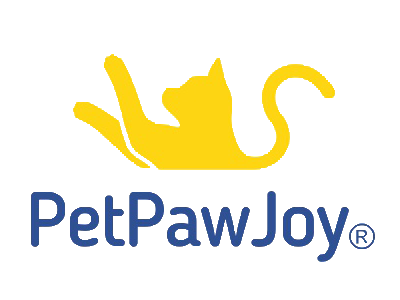


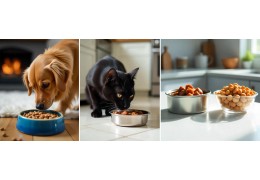
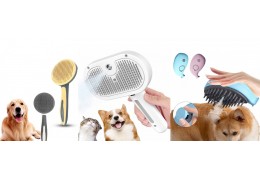
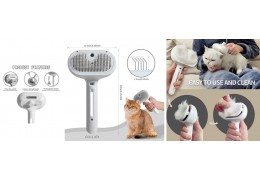
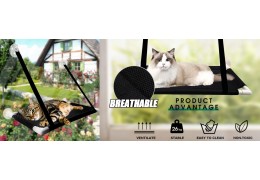
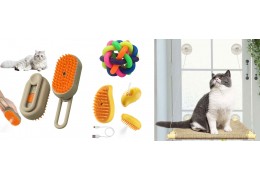
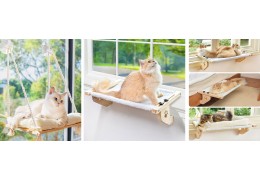

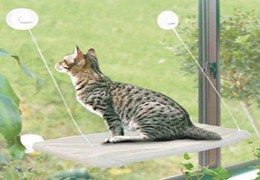

Top authors